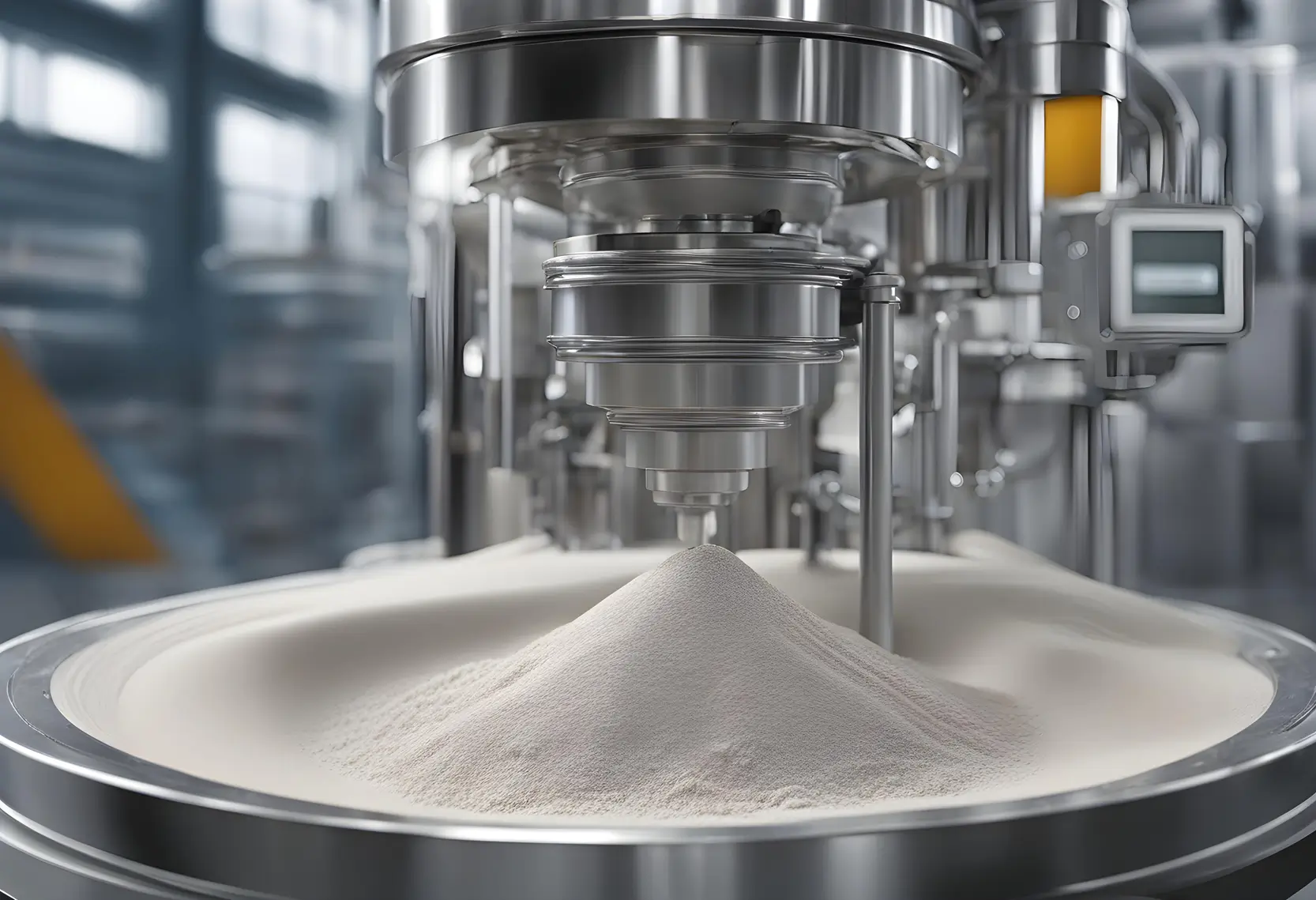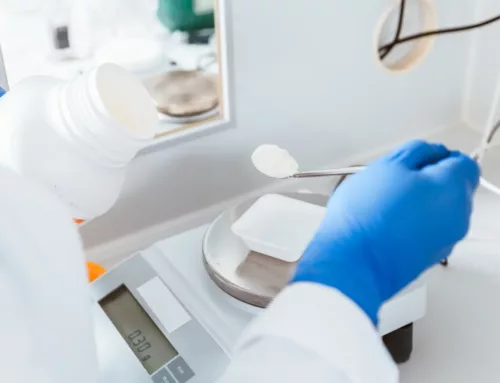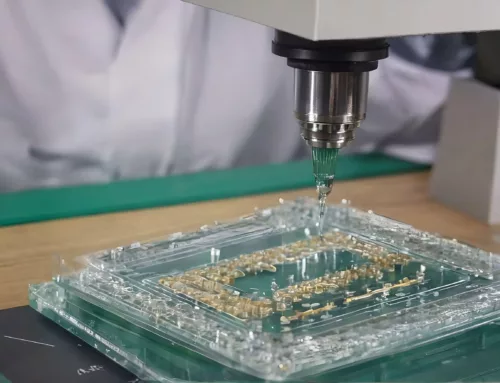
Functional Powder Design
Functional Powder design plays a fundamental role in numerous industries, enhancing the effectiveness and efficiency of products we encounter daily. powder customization of powders to specific applications enables optimization of their performance, resulting in superior outcomes for a wide range of products. Whether it’s formulating detergents that clean more effectively, paints that provide smoother finishes, feeds that maximize nutrition, or food additives that enhance flavor and texture, the ability to fine-tune particle characteristics empowers manufacturers to meet diverse consumer needs. This customization isn’t just about aesthetics; it’s a scientific endeavor that marries material science, engineering principles, and a deep understanding of how these products function in real-world scenarios.
Particle Size and Distribution
Functional Powder design starts with Particle size and distribution they are fundamental factors that define the performance of powders across various applications. In the realm of material science, achieving the precise particle size is both a science and an art.
Particle size is typically measured in micrometers (µm) or nanometers (nm), depending on the application’s
Functional Powder design in the nanometer range
requirements. Smaller particles, often in the submicron or nanometer range, are favored in applications like washing detergents due to their enhanced solubility and dispersion properties.
This enables the detergent to reach every nook and cranny of the laundry for effective degreasing, emulsifying, and suspending dirt particles in water, allowing them to be washed away. Conversely,
in applications like paints, larger particles, often in the micrometer range, contribute to the texture, coverage, and overall aesthetic appeal of the final product.
The effort required to obtain the ideal particle size involves a combination of mechanical processes, such as milling and grinding, along with precise classification techniques. High-energy mills, which employ
mechanical forces or jet mills, which use high-velocity fluid streams, can be utilized to break down larger particles into the desired size range. Controlling particle distribution requires meticulous attention to process parameters.
The milling time, feed rate, and classifier settings all play pivotal roles in determining the final particle size distribution. These factors must be
fine-tuned to achieve a consistent and reproducible particle size, which is essential for product quality and performance.
By customizing particle size, industries can fine-tune their products to meet specific consumer specifications and performance expectations, underlining the importance of particle engineering in a multitude of applications.
Functional Powder Characteristics design
In the process of designing particle characteristics for various applications, it is crucial to consider the physical and chemical attributes of powder particles as they have a considerable influence on the particle behavior. These characteristics, which encompass properties like shape, porosity, surface area, and surface charge, can be intentionally tailored to achieve specific functionalities in the final product. Here
particle shape holds a prominent role, with spherical particles demonstrating optimal flow properties, while irregularly shaped particles may suffer from reduced flowability due to interlocking and friction.
Moreover, particle shape can significantly affect packing density, thereby impacting stability and reactivity. Porosity is another key factor in particle behavior. Porous particles boast a larger surface area compared to their non-porous counterparts, which
can enhance their dissolution and reactivity. However, it’s important to note that increased porosity may compromise particle strength, rendering them more vulnerable to breakage.
Surface area, measured as the total surface area of all particles in a powder sample, is another crucial area to consider where reactivity and dissolution properties play key roles.
Powders with high surface areas are generally more reactive and exhibit superior dissolution
characteristics. However, they also pose challenges in handling and storage due to their propensity for caking and agglomeration.
The surface charge on particle surfaces also plays an important role in influencing powder behavior.
Particles with similar surface charges tend to repel each other, enhancing flowability. Conversely, particles with opposite surface charges may attract each other, leading to caking and agglomeration
issues. Tailoring particle characteristics to meet specific requirements in various industries is a fundamental practice. For instance, in the food industry, maintaining consistent particle size and shape is essential for uniform mixing and texture.
To provide practical examples, additives for paints benefit from controlled particle porosity, improving pigment dispersion and color consistency. Particle characteristics in food powders can be optimized
through processes like milling and grinding to enhance flowability or increase porosity using methods like spray drying for better dissolution. In the pharmaceutical field, similar processes can improve dissolution and stability. Additives for paints benefit from controlled particle porosity and surface charge.
Catalysts, too, can see improved activity and selectivity through precise control of particle size, shape, and surface area using particle formation and coating techniques
Preventing Agglomeration
Agglomeration in the powder industry, much like a cat in the room, introduces a disruptive element. It disrupts the smooth flow of particles and reduces solubility, akin to a monkey wrench thrown into the machinery. This unintended consequence of agglomeration can cause unwanted disturbances in the orderly dispersion of particles and affect the
efficiency and uniformity of processes.
Agglomeration-inhibiting characteristics can be tailored by manipulating particle size and shape. This strategic approach involves designing particles to be smaller and more uniformly shaped, reducing their natural inclination to cluster. These designed particles are less likely to disrupt the orderly dispersion of materials, similar to well-
behaved guests at a party. By integrating this particle engineering approach with other techniques like surface modifications and moisture control, one can comprehensively address the challenges posed by agglomeration in the powder industry, ensuring a smoother and more efficient process.
Testing and Validation
The development of a new powder formulation involves a series of comprehensive tests to ensure that the powder performs as intended and remains stable.
These tests encompass a range of essential properties specific to the application. Flowability, a fundamental characteristic influencing the handling and processing of powders, is assessed using techniques like the angle of repose and Hausner ratio, which gauge the ease of powder flow. Particle size distribution, crucial for powder performance and functionality, is measured through methods such as laser diffraction and microscopy. Bulk density, an indicator of mass per unit volume, plays a key role in powder handling and processing, with tests determining bulk density by measuring mass and volume. Another critical factor for stability and performance is moisture content, which
can be evaluated through tests like Karl Fischer titration and oven drying, which determine the water content in the powder.
Finally, identifying the elemental and molecular constituents is essential for powder characterization and performance. Tests like X-ray diffraction (XRD) and Fourier-transform infrared spectroscopy (FTIR) are used to identify the chemical composition. Additionally, specific tests may be carried out based on the application, assessing properties such as surface area, porosity, or mechanical strength. It’s important to note that, in practice, a combination of these tests is typically required to comprehensively evaluate all the important properties of a powder, as no single test can provide a full characterization. The timeline for creating a bulk powder tailored for a particular purpose is highly dependent on factors like application complexity and desired characteristics. The process typically comprises the following phases:
– Initial Formulation: In this stage, the key attributes of the powder, such as particle size distribution, flowability, and bulk density, are defined.
The formulator then selects the appropriate combination of raw materials and processing steps to achieve the desired powder properties.
– Prototype Development: Once an initial formulation is ready, the next step involves producing a small quantity of the powder for property testing.
Various methods, including ball milling, spray drying, or freeze drying, can be used for this purpose.
– Testing: The prototype powder undergoes comprehensive testing to ensure it aligns with the target specifications.
Tests may include particle size analysis, flowability assessments, and bulk density measurements.
– Optimization: If the prototype doesn’t meet all the desired specifications, the formulation is adjusted, and the process is iterated until
a satisfactory powder with the desired properties is obtained.
– Scale-up: After a satisfactory formulation is achieved, the next phase is to upscale the process for commercial production. This might involve designing and constructing new equipment or modifying existing setups.
For straightforward powders like those used in food additives, the entire process, including development, optimization, and validation,
could span a few months. On the other hand, more intricate formulations, such as those for specialized industrial applications or
high-performance paints, might extend the timeline to a year or even longer.
Keep in mind that this is a general overview, and the actual timeframe can vary significantly based on specific application requirements
and available resources. Furthermore, it’s essential to consider regulatory factors, especially for powders intended for use in food or
medical products, as they must meet strict safety and purity standards.
The Canvas
In the intricate world of particle engineering, the canvas is as small as a grain of sand, yet the possibilities are vast. Each tailored particle silently crafts the essence of our products, from efficient detergents to vibrant paints. Consider it an unspoken symphony, where particles, like skilled musicians, perform their roles. As you explore this realm, envision the potential for innovation that lies within these minuscule building blocks, an uncharted territory that leaves us with a sense of wonder and curiosity.




